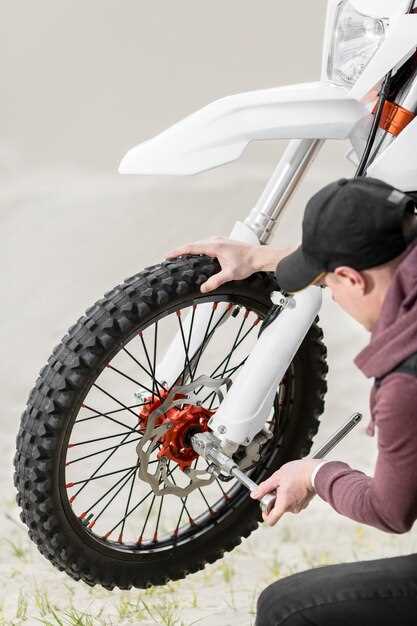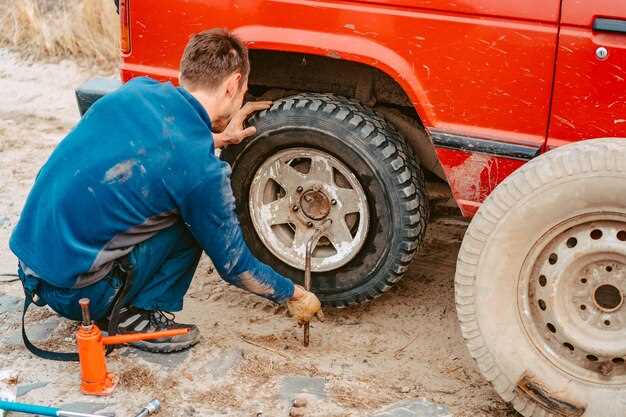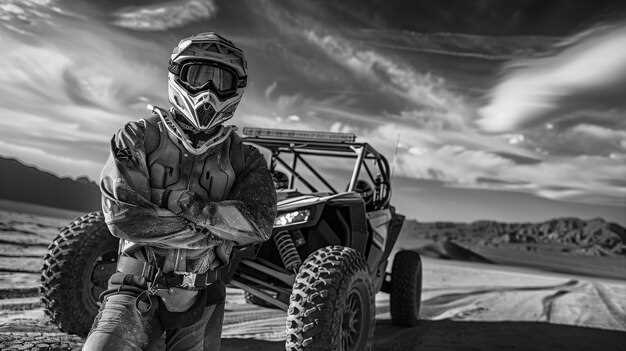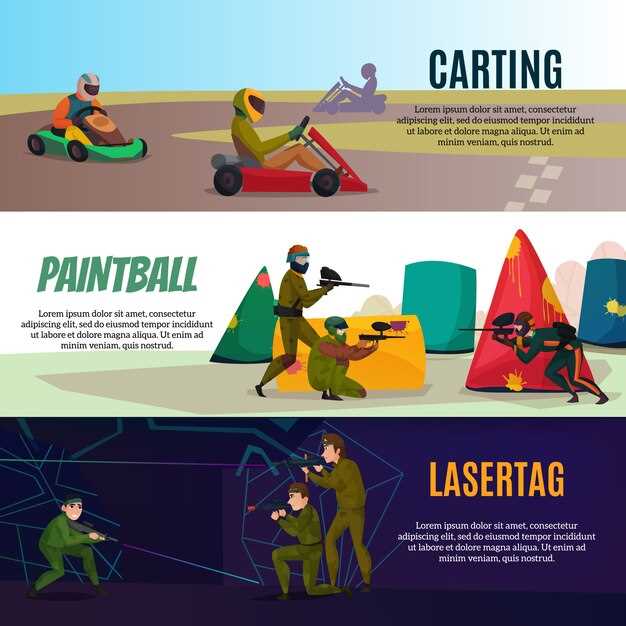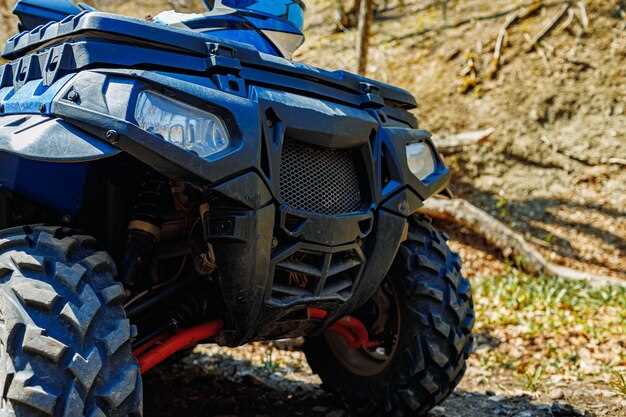
The undercarriage of your truck is one of its most critical yet vulnerable components. It endures constant exposure to harsh conditions, such as road debris, corrosive substances, and varying weather. Protecting this area is essential for maintaining the overall integrity and performance of your vehicle.
Neglecting the undercarriage can lead to severe damages, including rust, frame issues, and costly repairs. Understanding the factors that contribute to undercarriage wear and tear is crucial for any truck owner. Fortunately, there are effective strategies you can implement to safeguard this important section of your vehicle.
From regular inspections and cleaning to protective coatings and upgrades, taking proactive measures can significantly extend the life of your truck’s undercarriage. In this article, we will explore practical tips and techniques that can help you shield your truck from damage, ensuring it remains reliable on all your journeys.
Inspect Your Undercarriage Regularly for Signs of Wear
Regular inspection of your truck’s undercarriage is crucial for maintaining its longevity and performance. Over time, exposure to harsh conditions, road debris, and environmental factors can lead to significant wear and tear. Effective inspections help identify potential issues early, preventing costly repairs down the line.
Schedule a thorough undercarriage inspection at least once a month, or more frequently if you frequently drive on rough terrains. Start by lifting your truck using ramps or a jack to provide adequate access. Once elevated, visually examine the entire undercarriage, focusing on key components such as the frame, suspension system, and exhaust system.
Look for signs of rust or corrosion, especially on metal parts, which can indicate deterioration. Check suspension components for cracks, bends, or misalignments that may compromise ride quality and safety. Additionally, inspect the fuel tank and brake lines for any leaks or damage that could lead to serious mechanical failures.
Don’t forget to examine the condition of protective coatings or undercoating, as these treatments are vital in preventing moisture and debris from causing damage. If the undercoating shows signs of wear or peeling, consider reapplying to ensure continued protection.
Finally, keep an eye out for any loose bolts, nuts, or fasteners that may have come undone due to vibrations during driving. Secure any that are found to be loose to maintain the structural integrity of your truck. Regular inspection and immediate attention to any issues will ensure that your truck remains safe and reliable on the road.
Choose the Right Materials for Undercarriage Protection
When it comes to safeguarding your truck’s undercarriage, selecting appropriate materials is crucial for effective protection. Various products are available on the market, each offering unique benefits against elements that can cause damage such as dirt, mud, rocks, and corrosive substances.
Three main categories of materials are commonly used: protective coatings, undercarriage liners, and metal shields. Each of these options has its own strengths and weaknesses, making it essential to choose the right one based on your specific needs and driving conditions.
| Material Type | Advantages | Disadvantages |
|---|---|---|
| Protective Coatings |
|
|
| Undercarriage Liners |
|
|
| Metal Shields |
|
|
In addition to considering the material type, it is essential to evaluate the environment in which you will be driving. If you often drive on rugged terrain, a combination of metal shields and undercarriage liners may be the best choice. For lighter usage, protective coatings could suffice. By carefully assessing your needs and the materials available, you can ensure your truck’s undercarriage remains safeguarded against potential damage.
Apply Protective Coatings to Prevent Rust and Corrosion
Protecting your truck’s undercarriage from rust and corrosion is crucial for maintaining its longevity and performance. One of the most effective ways to achieve this is by applying protective coatings. These coatings act as a barrier between metal surfaces and harmful elements, such as moisture, salt, and dirt.
There are several types of protective coatings available, including rust-inhibiting paints, anti-corrosive sprays, and undercoating materials. Each type offers unique benefits, and selecting the right one depends on your specific needs and environment.
Rust-inhibiting paints create a durable layer that not only prevents rust formation but also resists chipping and fading. They are ideal for areas that may be exposed to harsh weather conditions and road debris. When applying these paints, it’s essential to thoroughly clean the surface and ensure it is free from any existing rust to achieve optimal adhesion.
Anti-corrosive sprays are another practical option, easily applied and providing excellent coverage for hard-to-reach areas. These sprays contain special additives that inhibit oxidation and corrosion. Regular application, particularly after exposure to salt or moisture, can significantly extend the life of your truck’s undercarriage.
Undercoating materials, often made from rubber or polymer compounds, offer robust protection against moisture and external contaminants. They not only shield the undercarriage but also provide sound dampening, reducing road noise. Applying undercoating requires meticulous prep work, including sanding and cleaning to ensure the material bonds properly.
It is advisable to inspect the protective coatings at regular intervals, reapplying as necessary based on wear and exposure. By investing time and effort into applying and maintaining protective coatings, you can significantly reduce the risk of rust and corrosion, ultimately preserving the structural integrity and value of your truck.
Utilize Skid Plates for Enhanced Shielding
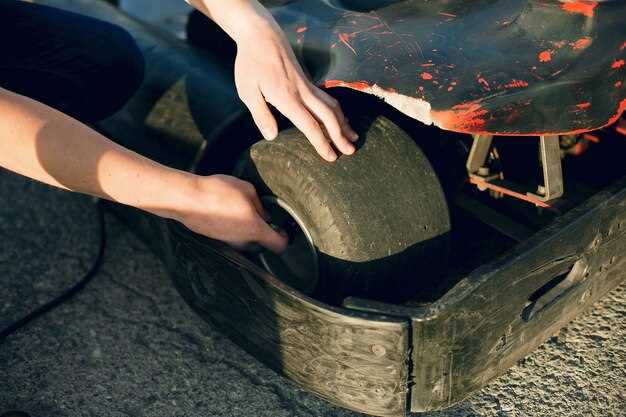
Installing skid plates is an effective method to safeguard your truck’s undercarriage from potential damage. These robust protective shields are designed to absorb impacts and deflect debris, ensuring that critical components remain intact during off-road adventures.
Material and Design
Skid plates are typically constructed from durable materials such as aluminum, steel, or polycarbonate. Each material offers unique advantages; for instance, aluminum is lightweight and resistant to corrosion, while steel provides superior strength and durability. Choosing the right material depends on your specific driving conditions and usage.
Coverage Areas
Skid plates can be strategically placed to cover vital areas such as the oil pan, fuel tank, and transmission. Optimal coverage prevents rocks, branches, and other obstacles from causing significant damage. In some cases, full undercarriage protection kits are available, ensuring that all essential components are shielded.
Installation and Maintenance
Installing skid plates typically requires specific tools and basic mechanical knowledge. It is recommended to refer to the manufacturer’s instructions for proper installation. Regular maintenance checks should be performed to ensure that the plates remain securely fastened and show no signs of excessive wear or damage.
Conclusion
Incorporating skid plates into your truck’s protection strategy enhances undercarriage shielding significantly. By choosing the appropriate materials and ensuring proper installation, you can prolong the lifespan of your vehicle and tackle challenging terrains with confidence.
Maintain Proper Tire Pressure to Reduce Impact
Maintaining the correct tire pressure is essential in protecting your truck’s undercarriage from damage. Properly inflated tires can absorb shocks and impacts more effectively, reducing the risk of transmission of forces to the vehicle’s frame and suspension system.
Here are key reasons why maintaining proper tire pressure can help reduce impact:
- Improved Shock Absorption: Tires with the recommended pressure optimize performance by better absorbing bumps and uneven surfaces.
- Enhanced Traction: Correct tire pressure ensures optimal contact with the road, reducing slip and potential undercarriage scrapes.
- Fuel Efficiency: Properly inflated tires reduce rolling resistance, enhancing fuel efficiency while contributing to less stress on the vehicle’s components.
- Longer Tire Life: Maintained tire pressure extends tire lifespan, which can prevent blowouts or punctures that may lead to undercarriage problems.
To maintain proper tire pressure, consider the following steps:
- Check the manufacturer’s recommended tire pressure, usually found in the owner’s manual or on a sticker inside the driver-side door.
- Use a reliable tire pressure gauge to check the pressure when the tires are cold.
- Inflate or deflate tires as needed to match the recommended levels.
- Inspect tires regularly for signs of wear or damage, addressing any issues promptly.
By ensuring that your truck’s tires are always properly inflated, you can significantly reduce the risk of undercarriage damage and extend the overall lifespan of your vehicle.
Be Aware of Terrain Challenges and Drive Accordingly
Understanding the terrain in which you are driving is crucial for protecting your truck’s undercarriage from potential damage. Different surfaces and obstacles can significantly impact your vehicle’s performance and durability.
Always assess the ground conditions before embarking on a journey. Rocky paths, muddy trails, or steep inclines can expose the undercarriage to unnecessary strain and potential damage. Adjust your speed and approach based on the terrain; for instance, slow down on rough roads and avoid sudden maneuvers that can cause impact.
When driving off-road, it’s essential to maintain a steady pace to minimize jolts that can lead to undercarriage issues. Utilize your truck’s suspension capabilities by ensuring the tires are adequately inflated and suited to the conditions. Low tire pressure can enhance traction but may increase the risk of hitting obstacles, whereas over-inflated tires can lead to loss of control on uneven surfaces.
Be particularly cautious of dips, rocks, and other protrusions that can easily scrape or damage the undercarriage. If you’re unsure about the path ahead, consider scouting the route on foot to identify hazards. Additionally, utilizing skid plates can provide an extra layer of protection, especially in rugged environments.
In summary, awareness of the terrain and adapting your driving style accordingly is vital for the longevity of your truck’s undercarriage. By taking these precautions, you can significantly reduce the risk of damage and ensure a safer driving experience.





